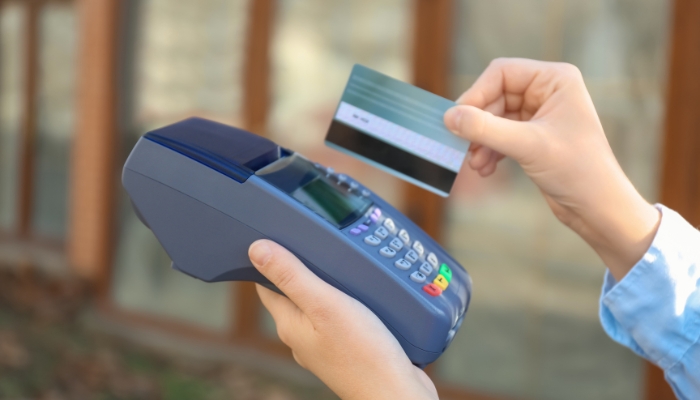Finance
The Magnetic Stripe’s Farewell: How Modern Payment Solutions Are Changing the Game

- Magnetic stripes are being phased out in favor of more secure technologies like chip cards, contactless payments, and mobile wallets.
- Newer payment methods offer enhanced security, faster transactions, and reduced environmental impact compared to magnetic stripes.
- As technology advances, the magnetic stripe’s role in payments diminishes, giving way to innovative solutions that meet modern consumer demands and security standards.
Remember the old swipe devices at petrol stations and grocery stores? Did you hear the unique “swoosh” sound when your card was read? This is the magnetic stripe technology in action. For decades, this simple strip has been our reliable friend for storing information ranging from credit card numbers to access codes. However, as technology advances at a rapid pace, the magnetic stripe may become obsolete.
The Rise of Smarter Cards
As technology advances, magnetic stripes are being replaced by newer, more secure technologies. Let’s take a deeper look at these developments.
- Chip Cards: EMV (Europay, MasterCard, and Visa) cards are a popular alternative to magnetic stripes. These cards include embedded microchips that create unique codes for each transaction. This technique dramatically improves security by making it impossible for fraudsters to copy or steal data. Unlike magnetic stripes, which contain static data, chip cards generate a unique transaction code each time they are used, significantly lowering the danger of card skimming and forgery.
- Contactless payment: Contactless payment technologies, including RFID and NFC, have transformed the way we pay. Transactions can be done almost instantly with a single tap of your card or smartphone. This technology not only speeds up the payment procedure, but it also reduces physical touch, which has been increasingly crucial in recent years due to health concerns. Contactless payments are also more convenient for consumers, as they eliminate the need to search for wallets or input PINs for modest purchases.
- Mobile wallets: Mobile wallets, such as Apple Pay, Google Pay, and Samsung Pay, offer increased convenience and security for payments. These mobile wallets securely store card information on your device and use encryption and biometric verification (such as fingerprint or face recognition) to verify purchases. Mobile wallets can handle contactless payments and can store loyalty cards, tickets, and other items, providing a one-stop solution for a variety of payment requirements.
Why the Shift?
Several main elements contribute to magnetic stripes’ decline:
- Security Concerns: Magnetic stripes are less secure than modern technologies. They store unencrypted data that can be easily accessed by hostile equipment and used to generate counterfeit cards. As a result, fraudsters have targeted magnetic stripe technology. Chip cards and contactless payments, on the other hand, provide more advanced security features such as encryption and tokenization to help protect critical information.
- Consumer Demand for Convenience: Convenience is a top priority for modern consumers when it comes to payment methods. Contactless payments and mobile wallets match these expectations by enabling faster and more efficient transaction processes. The ease of tapping a card or smartphone rather than swiping or inserting a card appeals to a tech-savvy demographic that values efficiency and quickness.
- Environmental Considerations: The shift away from magnetic stripes indicates increased environmental concern. Magnetic stripe cards and tickets are frequently constructed from elements that are detrimental to the environment. Newer technologies, such as reusable contactless cards and digital tickets, help to eliminate the need for physical materials while also being more environmentally friendly.
The Future of Payment Technology
While magnetic stripes may not disappear completely overnight, their importance in the payment landscape is obviously dwindling. The switch to chip cards, contactless payments, and digital wallets represents a significant advancement in payment technology. These innovative solutions provide more security, convenience, and reduced environmental effect.
As technology advances, we should expect further innovations that will revolutionize the way we handle payments. The future of payment systems promises to be even more safe and efficient, with biometric authentication and blockchain-based transactions.



















































